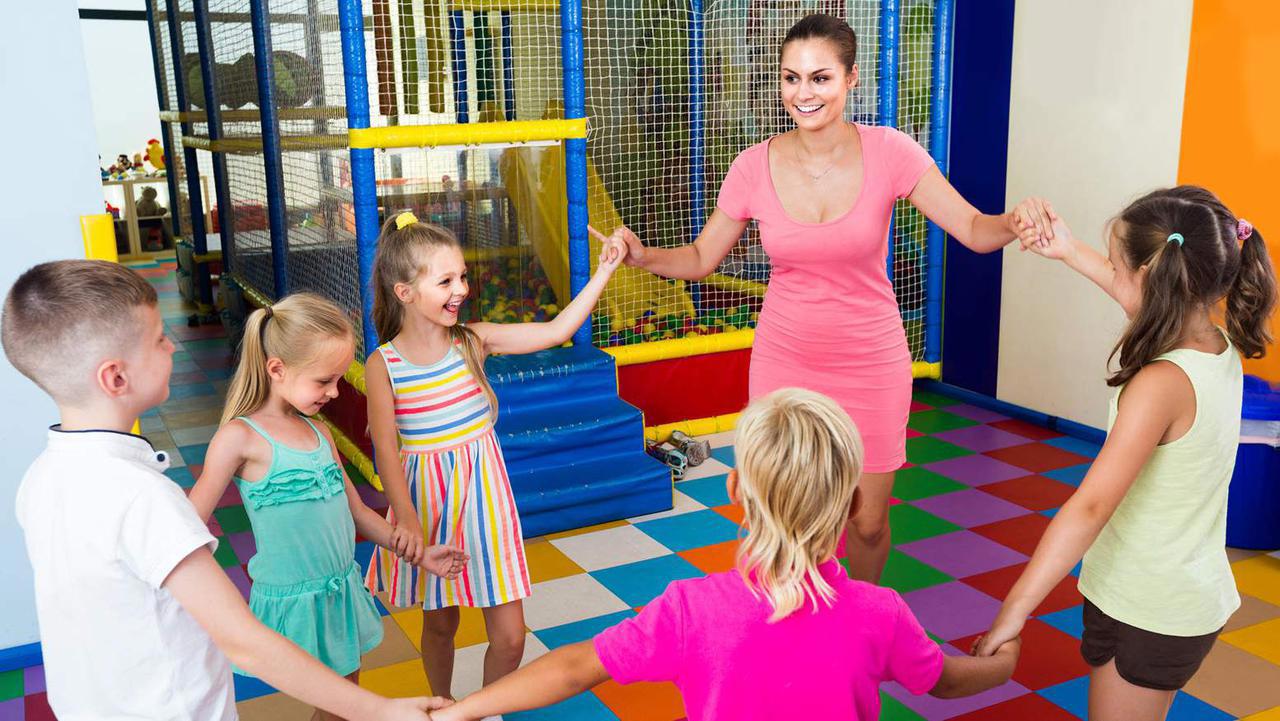
It is well known that dancing has a positive impact on physical and mental health: it’s a fun activity, it encourages physical movement and artistic expression and connects people passionate about the same thing. However, there is less awareness of the benefits of dance in early childhood, which includes the benefits of dancing for toddlers and more!
If your child is already enrolled in early childhood dance classes, or if it’s incorporated regularly at home or at their childcare centre, you will already be aware of the positive impact it has on their life; and if you haven’t thought about it before, here are some of the reasons dance is an activity that you should consider incorporating into your child’s schedule.
Physical health
Children always appear to have more energy than adults - being able to run from one activity to another - and there is a good reason for this! Children need plenty of exercise as it’s how they build muscle and strengthen their bones, increase flexibility and maintain cardiovascular health. The Australian Department of Health recommends that toddlers spend at least three hours being physically active, while children aged 3-5 should be getting three hours of physical activity with an added hour of vigorous exercise - meaning exercise that elevates their heart rate.
Exercise also assists in releasing endorphins (‘feel-good’ chemicals) and lowering stress levels, which benefits children’s immune systems, a huge bonus when children this age are often exposed to colds and bugs through other children.
Dancing is an enjoyable and motivating way to make sure children reach these physical activity goals easily, without creating pressure or causing a negative association with exercise. And remember, good exercise throughout the day often makes for an easy bedtime and solid sleep!
Mental and emotional health
Dancing also has a positive impact on children’s mental and emotional health, which is increasingly important with our often busy and stressful modern lifestyles. The combination of exercise and having fun releases those feel-good endorphins, which lift your child’s mood and make for peaceful family time.
Dancing promotes a resilient attitude to practising and developing a skill (and not expecting to be perfect straight away), and the sense of accomplishment that comes from learning new things in a supportive environment boosts self-esteem and confidence. Engaging in dance as an ongoing practice switches the focus from the end goal, and encourages your child to enjoy the journey and not just the destination.
Socialising and communicating
Most dancing is essentially a ‘team sport’, involving many children and a ‘coach’ or teacher leading the class. This means that dancing comes with the benefits of those activities, such as facilitating socialising with other children and communicating clearly to work together as a team. Children drawn to particular dance styles may also have similar interests, making it likely that your child will build social connections and friendships on shared ground - hopefully, friendships that will flourish over many years of dancing together!
Skill development
Whatever kind of dancing your child practices, the combination of learning physical skills, dance steps and choreography comprehension and application to practice, will greatly aid them in many areas of skill development. Some of these include:
- Cognitive development – problem-solving, memorisation, imitation and abstract thinking
- Beginning to understand and get a feel for rhythm – which most children manage quite instinctively!
- Limb coordination, hand-eye coordination, and coordination of movements with music
- Gross and fine motor skills
- Spacial awareness, and developing consciousness of themselves in relation to others
- Balance
Appreciation of music genres
Dancing is usually practised along with music, which not only encourages the development of rhythm and enjoyment of music but gives children the experience of music genres that they might not otherwise have been exposed to. Understanding that there is a vibrant and full world of music, children develop an appreciation for diversity and the opportunity to embrace creativity, develop their own taste in music, and explore it as they get older.
The benefits of dancing in early childhood are truly endless, so it’s worth considering how dance can be part of your child’s life. It doesn’t have to be formal or expensive - check if your local library or church offers any youth classes, or even utilise the incredible wealth of dance tutorials available on YouTube! The aim is to get you and your family moving and having fun, and through dance, this is easily achievable. For your younger ones, the local child care centre or pre-school may even be able to help teach the basics.